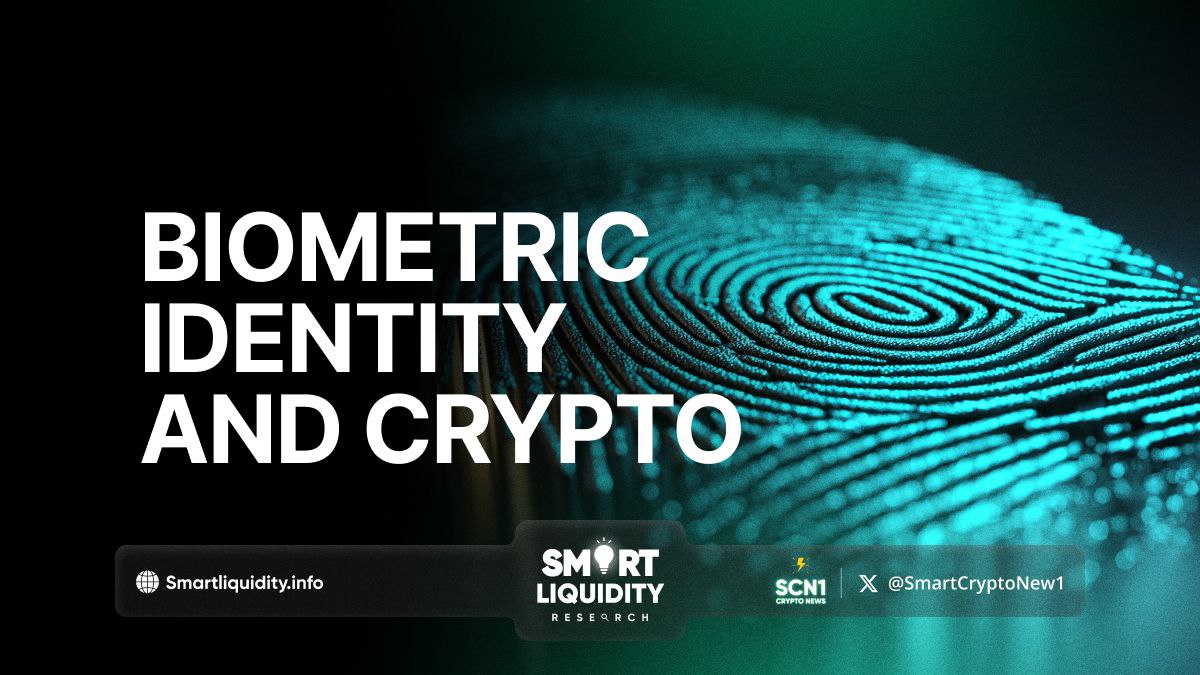Biometric Identity and Crypto: Bridging Security and Decentralization


Biometric Identity and Crypto: Bridging Security and Decentralization! As cryptocurrencies continue to reshape how we exchange value and data, a growing conversation centers around identity, specifically, how we prove who we are in decentralized systems. One emerging approach is biometric identity—using fingerprints, facial recognition, iris scans, or even voice patterns to verify a user’s identity. But integrating biometrics with crypto isn’t without its complexities.
This article explores the relationship between biometric identity and crypto, its benefits, risks, and where the future might be headed.
What is Biometric Identity?
Biometric identity refers to verifying someone based on their biological or behavioral characteristics. Common biometric methods include:
- Behavioral patterns (e.g., keystroke dynamics)
- Voice identification
- Iris or retina scans
- Facial recognition
- Fingerprint recognition
These identifiers are unique to each individual and are difficult to fake, making them attractive tools for authentication.
Why Biometric Identity Matters in Crypto
Cryptocurrencies operate on decentralized systems where users control their wallets and private keys. But losing a private key can mean losing access to funds permanently. That’s where biometrics come in—to provide a more human-friendly way of managing identity and access.
Use Cases:
- Wallet Recovery: Biometrics could help users regain access to their crypto wallets if they lose their private keys or forget passwords.
- Anti-Sybil Protection: In decentralized apps and voting systems, biometrics can help ensure that one person equals one identity, preventing spam or manipulation by bots or fake accounts.
- KYC/AML Compliance: Crypto platforms often need to comply with regulatory requirements. Biometric verification helps confirm user identities during onboarding.
Examples of Biometric + Crypto Integration
- Worldcoin: A controversial project that scans users’ irises to create a unique ID tied to a cryptocurrency. The goal is to distribute tokens globally in a fair way—one person, one coin.
- Polygon ID and zkProofs: Some projects are exploring zero-knowledge proofs, which allow biometric identity to be verified without revealing the actual biometric data, preserving user privacy.
Challenges and Criticisms
Despite its potential, merging biometrics with crypto raises several concerns:
- Privacy Risks: Biometric data is sensitive. If compromised, it can’t be changed like a password. There’s fear around creating biometric databases that could be hacked or misused.
- Centralization Threats: Collecting and storing biometric data can reintroduce centralized points of failure in systems that are supposed to be decentralized.
- Exclusion and Accessibility: Not everyone has access to devices that can capture biometric data, potentially excluding users from crypto systems.
- Surveillance Concerns: Critics argue that biometric identity systems, especially when linked to financial transactions, could lead to mass surveillance, undermining the privacy ethos of crypto.
Balancing Security and Decentralization
To make biometric identity work in crypto, developers are turning to privacy-preserving techniques:
- Decentralized Identity (DID): A system where users own and control their identity without relying on centralized authorities.
- Zero-Knowledge Proofs (ZKPs): These allow users to prove they are unique or verified without exposing personal biometric data.
- Local Biometric Authentication: Instead of uploading data to a server, biometrics are stored and used locally on a user’s device to unlock wallets.
The Future of Biometric Identity in Crypto
The fusion of biometric identity and crypto is still in its early stages. While it promises stronger security and easier access, it must be handled with extreme care to avoid compromising privacy, decentralization, and inclusion.
As the technology evolves, the focus should be on:
- User consent and control
- Privacy-first design
- Open-source protocols
- Avoiding vendor lock-in or centralized data storage
Conclusion
Biometric identity in crypto is both promising and polarizing. It could solve major usability and security challenges, but only if implemented in a way that aligns with crypto’s core values—privacy, decentralization, and self-sovereignty.
Careful design and community input are essential to ensure that this technological marriage benefits users without turning crypto into another surveillance tool.




